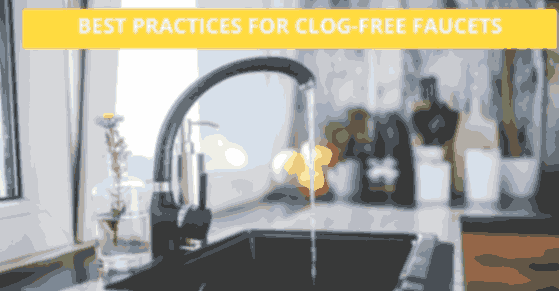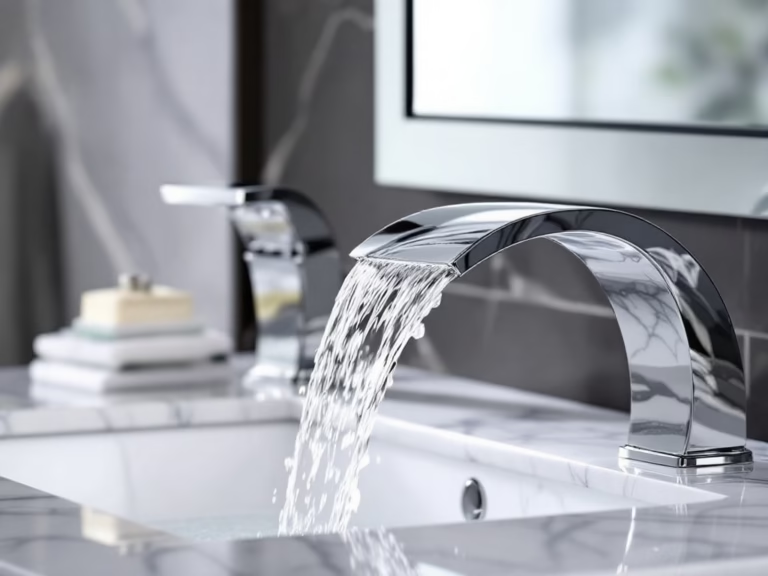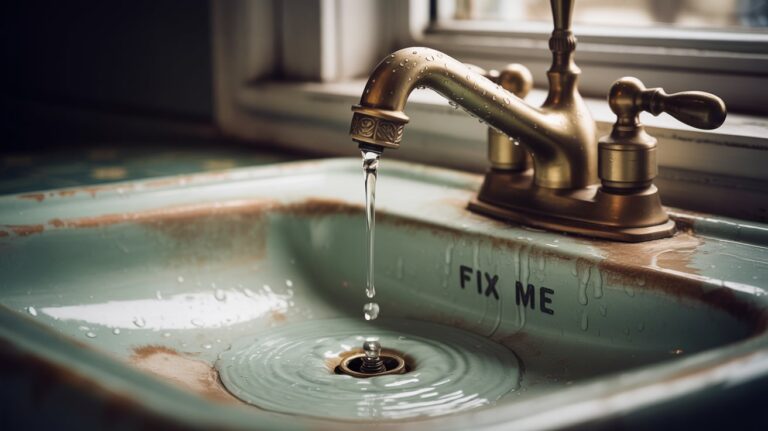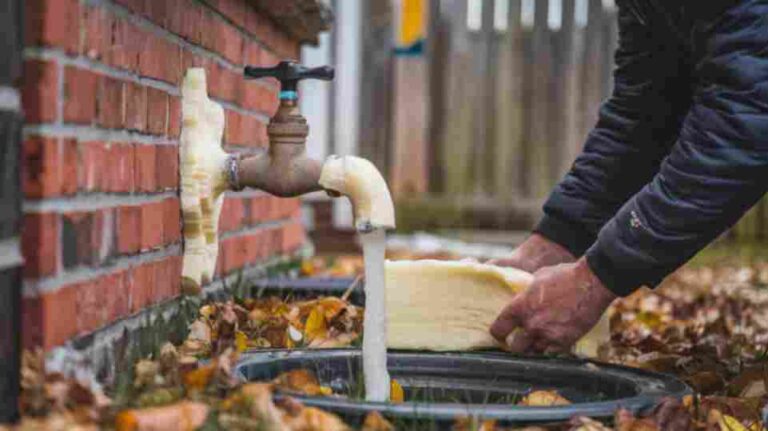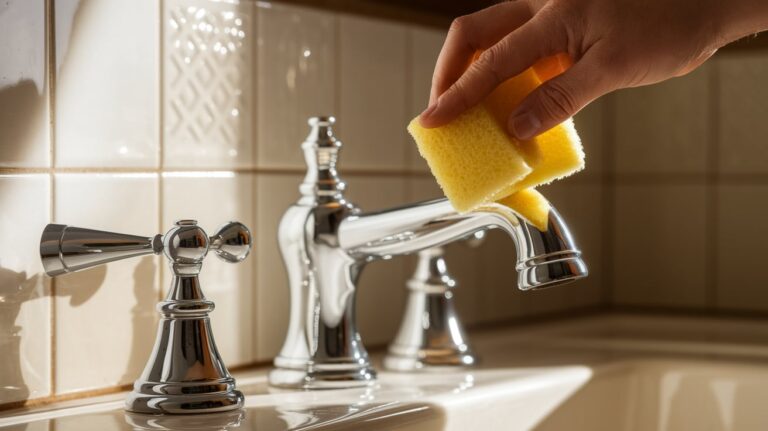Best Practices for Clog-Free Faucets
Come Let us explore effective strategies and best practices to maintain clog-free faucets in your home or workplace. Clogged faucets can lead to frustrating water flow issues and costly repairs.

By implementing these preventive measures, you can ensure smooth operation and longevity of your faucets.
Regular Cleaning
- Routine Maintenance: Clean faucet aerators and screens regularly to prevent mineral buildup. A monthly check can help catch any potential clogs before they become problematic.
- Use Vinegar: Soak aerators in vinegar for a few hours to dissolve mineral deposits. Rinse thoroughly before reattaching.

Proper Usage
- Avoid Harsh Chemicals: Do not use abrasive cleaners or harsh chemicals that can damage the faucet’s finish and internal components.
- Mindful Water Use: Avoid letting food particles or debris go down the sink. Use a strainer to catch larger items when washing dishes.
Installation Considerations
- Quality Fixtures: Invest in high-quality faucets and plumbing fixtures that are less prone to clogging.
- Correct Installation: Ensure that faucets are installed correctly to prevent leaks and pressure issues that can lead to clogs.

Plumbing Maintenance
- Inspect Pipes: Regularly check the plumbing system for any signs of wear or buildup that could affect faucet performance.
- Flush the System: Periodically flush your plumbing system to clear out any sediment or buildup that may lead to clogs.
Professional Help
- Hire a Plumber: If you experience frequent clogs, consider consulting a professional plumber to assess your plumbing system and recommend solutions.
- Regular Inspections: Schedule routine inspections with a plumber to catch potential issues early.

By following these best practices, you can significantly reduce the risk of clogs in your faucets, ensuring a steady and reliable water flow for all your needs.

